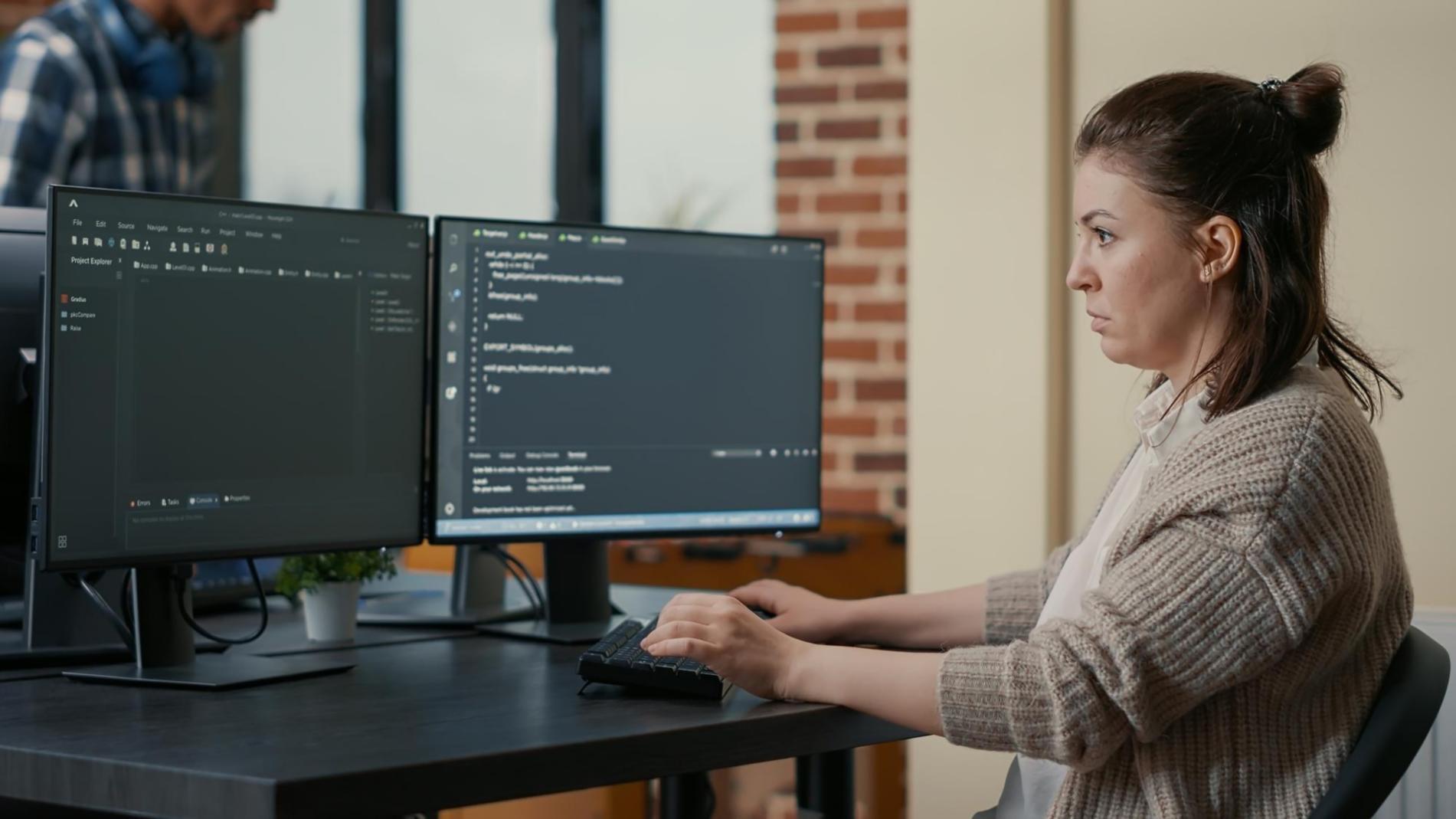Questions About 3D Game Level Design
We've been teaching people how to design game environments since 2019. And honestly, we get the same questions over and over. Which is fine — it means folks are thinking about the right stuff before jumping in.
Below you'll find answers to what people actually ask us during enrollment calls and open sessions. Nothing fancy, just straight talk about what learning 3D level design looks like in 2025.
Do I need prior experience with game engines?
Not really. Most of our autumn 2025 intake started with zero Unreal or Unity knowledge. What helps more is having some spatial awareness — like if you've played games and noticed why certain spaces feel good to move through. We start from the basics: navigation, lighting, blocking out spaces. By week four, you're building actual playable areas.
How long does the program actually take?
Our main course runs eight months. Classes happen twice a week — Tuesdays and Thursdays, evenings from 18:30 to 21:00 CET. It's structured this way because most students work during the day. You'll also have weekend projects and peer reviews, but those you schedule yourself. The spring 2026 cohort starts in March.
What software will I learn?
Unreal Engine 5 is the backbone. We also cover Blender for asset tweaking and basic modeling, Substance Painter for texturing, and some Photoshop for concept work. You don't need to master all of them — level designers collaborate with artists anyway. But knowing enough to communicate effectively matters.
Will this help me get a job in games?
We can't promise employment. But we do help you build a portfolio that shows real design thinking — layouts that guide player movement, combat arenas that create tension, atmospheric exploration spaces. Our career support includes portfolio reviews, studio introductions, and interview prep. Some grads find work within months, others take longer. The Spanish game industry is growing, but it's competitive.
Can I study while working full-time?
Yes. About 70% of our students do. The evening schedule helps, and coursework is designed around that reality. You'll need roughly 10-12 hours a week outside class time. Weekends are when most project work happens. It's demanding but manageable if you're organized.
What if I fall behind?
Happens to everyone at some point. We record all sessions, and you can access them anytime. There's also a Discord where instructors and peers answer questions daily. If you're consistently struggling, we schedule one-on-one catch-up sessions. The autumn cohort had two people who missed three weeks due to work travel — both finished strong.

Real Workspace Setup
This is what evening sessions actually look like. Students work through level iterations while instructors review design choices in real time.

Peer Review Sessions
Every two weeks, students present their work and get feedback from classmates. It's where you learn to explain your design decisions clearly.
Still Have Questions?
Our instructors have been designing game spaces for years — some for indie studios, others worked on AA titles. They're happy to chat about whether this program makes sense for where you're at.

Henrik Nordström
Spent six years designing combat spaces for action games. Now teaches spatial flow and enemy placement. Responds to emails within a day, usually.

Matteo Ruiz
Handles the Unreal Engine technical side — lighting systems, optimization, Blueprint basics. Good at explaining complicated stuff without making you feel lost.
Want to Talk Before Enrolling?
We run free info sessions monthly. Next one's in early April 2025. You can also just email us with specific questions about your situation.
Get in Touch